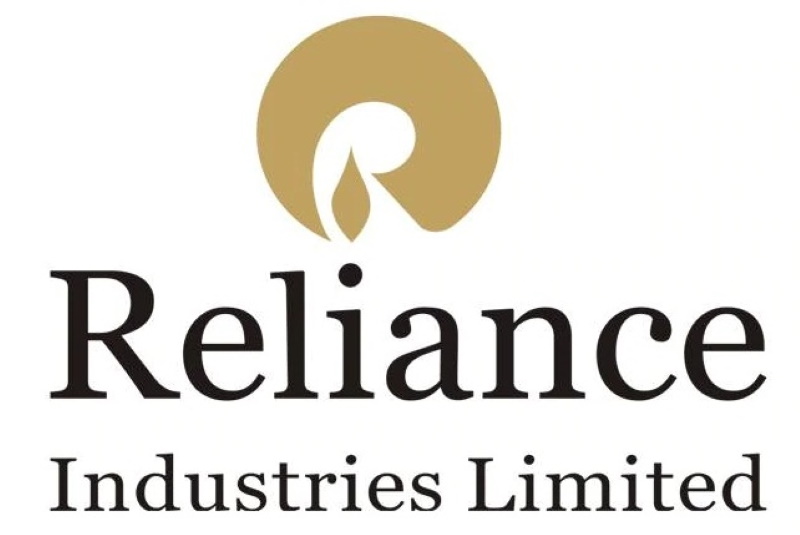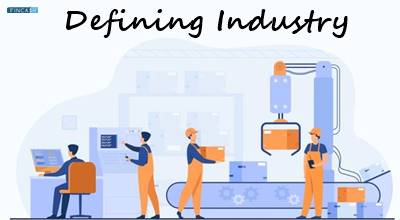What is Industrialization?
Industrialization is a process of moving from a society based on manual labour and locally-based production to one based on mechanization and factory production. This has been happening everywhere for more than two centuries, with most industries now using various forms of automation to become more efficient.

In developing countries, industrialization has been the primary means of achieving rapid, long-term growth and improved living standards.
What Caused Industrialization?
Shifting from a largely agrarian-based Economy to an industrial economy happened as the result of many things. One of those factors was the steam engine, which was invented by James Watt in 1765. This invention made it possible for factories to produce more goods faster and at a lower cost. The Industrial Revolution also caused a shift in the way people lived, as fewer people worked on farms and more people worked in factories.
Talk to our investment specialist
Industrialization vs Urbanization
Industrialization is the process of Manufacturing goods in factories fueled by machines. On the other hand, urbanization is the process of moving people from rural areas to live in cities.
It led to urbanization because it played a significant role in the rise of cities. It is described as how manufacturing industries moved from rural areas to urban areas, often near sources of water, power or transportation routes. However, industrialization was not the only significant Factor that led to urbanization. It also had other factors, such as the invention of electricity and mass transportation.
Industrialization and Global Warming
Industrialization has both positive and negative effects on society, bringing prosperity to some while causing pollution and global warming to others.
The process of Industrialization can be summed up with the following steps:
- Man harnesses energy from natural resources.
- Man converts Raw Materials into usable products.
- Man utilizes machines to increase production levels.
- This leads to an increase in waste.
- This leads to pollution, which leads to global warming.
It has contributed to global warming by increasing carbon dioxide levels in the atmosphere due to the widespread use of fossil fuels to generate electricity for manufacturing.
How does Industrialization help to Develop Society?
The industrial revolution was the most momentous event in the history of industrialized society. It gave birth to new inventions that created new industries and new ways of living for humans within less time than before.
Industrialization led to rapid growth in population and the development of new jobs and professions for many workers. It helped societies develop with increasing the rate of innovation and productivity, which increased the standard of living. It also provided greater access to resources and new markets, creating more jobs for more people at higher wages.
Industrialization in Different Countries
Industrialization started firstly in Britain in the 18th century, with factories and mills producing more goods than home industries. In America, it began in the late 18th century and early 19th century.
In the late 19th century, industrialization started in China, but the process picked its pace in the 1950s and 1960s. The industrial revolution entered India in 1854 when Bombay opened its first steam-powered cotton mill in Asia.
Economic Development & Industrialization
Economic development is the change in the size of an economy over time, usually measured by per capita Income or Gross Domestic Product (GDP). A country becomes industrialized when it invests heavily in manufacturing activities, such as construction machinery, electronics, auto parts, etc. The importance of economic development and industrialization is to develop a country’s economy.
Benefits and Drawbacks of Industrialization
Industrialization has been an integral part of human society, and some people believe that it is a necessary step in the evolutionary development of human culture. It has enabled industries to produce more goods at a cheaper cost which benefits the consumers. On the other hand, it has a negative impact on the environment and natural resources.
Benefits
- It allows for production on a mass level, which tremendously brings down the cost per unit by creating more products with less workforce, increased production rates, and minimal waste.
- It leads to more jobs, better wages, a higher standard of living, and improved life expectancy rates.
Disadvantages
- It limits creativity because only a few people get to design things instead of giving creative freedom to each person who would like to do so.
- Pollution of Land and water, higher unemployment rates due to workers being replaced by machines, and increased inequality between rich and developing countries due to unfair trade practices.
- It causes lower wages for workers who have been replaced by machines or whose jobs have been outsourced overseas where labour is cheaper.
- It also raises demand for natural resources, potentially leading to resource scarcity.
Conclusion
Industrialization has been a significant part of the world economy for over 150 years. It consisted of an economic system based on machinery and factories to produce large quantities of goods. In many ways, industrialization has had a positive impact on the world we live in today. However, in other ways, it has done more harm than good.
All efforts have been made to ensure the information provided here is accurate. However, no guarantees are made regarding correctness of data. Please verify with scheme information document before making any investment.












